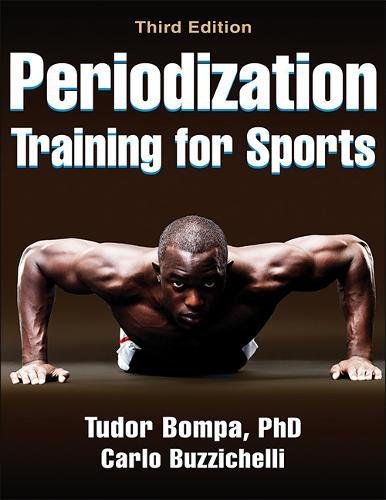

Remember this from chapter six? After reading chapter ten of Periodization Training for Sports, it was nice to be able to flip back to page 91 and understand this chart better than I had a few weeks ago. It is not surprising that all of the variables that play into athletic training and periodization come together to create an intricate chart such as the one presented by Bompa above. This chapter provides a methodology to creating an annual plan for athletes.
The first variable to consider is the number of competition phases required by the sport. This will be the first major division of months and weeks. Once that is determined, periodization of strength can be considered. The strength phases discussed at the beginning of the book are now applied to the phases of training, and athlete and sport demands: anatomical adaptation, hypertrophy (if necessary), maximum strength, conversion to specific strength, maintenance, cessation of strength training, and compensation training. Bompa provides more specific information regarding each strength phase that will help coaches make the best decisions for their athletes and sports. From there, the plan can be made by addressing these five physiological factors of sport:
-
Dominant energy system(s) and needs analysis for the sport
-
Ergogenesis, or the percentage of each energy system utilized for final performance
-
Main energy substrate(s)
-
Limiting factor(s) of performance
-
Objective(s) for strength training
Knowing the dominant energy system(s) and their percentage of use will enable coaches to better determine variables and ratios of training that will improve athlete performance. Understanding the main energy substrates involved informs athlete nutrition and recovery methods. Finally, an analysis of what factors need to be “perfect” for peak performance, and what each athlete’s goals should be based on level and potential, will enable coaches to tailor microcycles to individual or position-based needs.
Obviously, there is a lot of information needed to compose an effective plan. It is challenging to compose a usable plan based on theory, so I have asked the Morland STRENGTH blogging team to contribute an annual plan for a sport of which they know the schedule and general needs of the athletes. Here’s what we came up with:
Coach Erin Blaser Example for Cheerleading Annual Plan (Tri-Peak in Fall/Winter, Spring, and Summer)

Coach Devin Cornelius Example – Softball (Spring Season)

Coach Amer Nahhas Example- Wrestling (Winter Season)

Coach Chris Morland Example – Football (Fall Season)

Erin Blaser, NASM CPT
GWU SMHS DPT Class of 2020
NASM Certified Personal Trainer
“The views, opinions, and judgments expressed in this message are solely those of the authors and peer reviewers. The contents have been reviewed by a team of contributors but not approved by any other outside entity including the Roman Catholic Diocese of Raleigh.”




I think this is a real great post. Much thanks again. Awesome. Mara Coop Alo